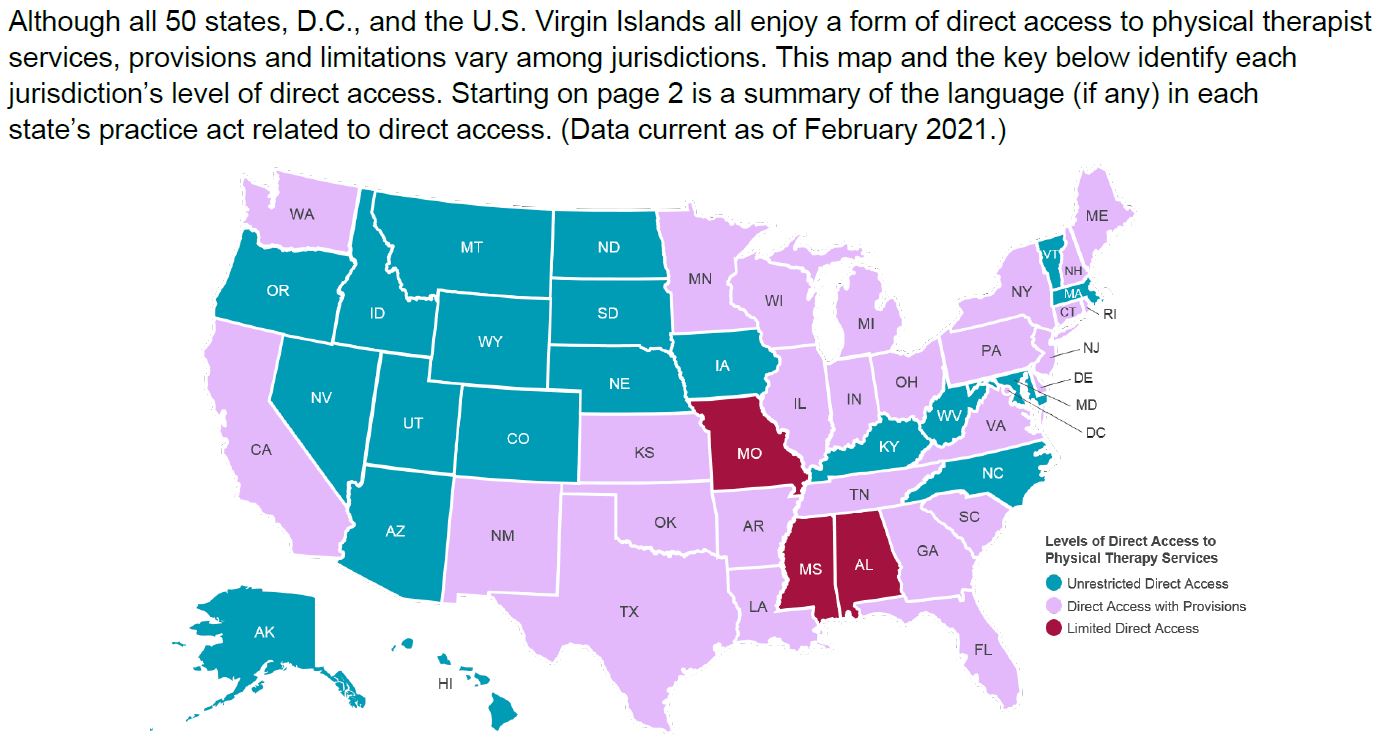It is fairly common for women to experience pain with sexual intercourse, also known as “dyspareunia”, after childbirth. According to one research, 60% of women reported they experienced dyspareunia for six weeks postpartum and, among those women, 33% reported pain during sexual intercourse even after six months postpartum.1
Many people tend to have the perception that dyspareunia is primarily caused by the emotional and physical stress that comes along with being a new mother. However, there are more actual and physiological reasons why women experience dyspareunia after childbirth.
What causes dyspareunia?
Reason 1: Vaginal Dryness
Vaginal dryness can be caused by an estrogen deficiency.4, 5 The female hormone estrogen helps keep the vagina lubricated and elastic. It is a hormone that plays important roles in keeping your vaginal tissue healthy and flexible. However, if you start breastfeeding your baby, it may bring down the level of estrogen produced in your body. Breastfeeding has several health benefits for new babies. It is known to decrease the risk of getting GI tract infections and atopic eczema. It also may be used as a contraceptive method. However, the drop in estrogen level caused by breastfeeding can facilitate your vagina to have a thinner and drier layer of tissue, which can lead to dyspareunia.
Reason 2: Perineal scar from tearing or episiotomy during the delivery
Undergoing an episiotomy during the delivery or getting a minor tear in your vaginal tissue is a fairly common issue. In both cases, it can traumatize your pelvic floor muscles and leave perineal scar tissue.3 Traumatized pelvic floor muscles and/or scar tissue that has not yet fully healed can be a source of discomfort during movement and can cause dyspareunia. For any scar tissue to fully heal, it usually takes about eight weeks. After these eight weeks, you should not have difficulty engaging in sexual intercourse.
Reason 3: Pelvic floor dysfunction
Without undergoing an episiotomy or getting a tear during delivery, and even if you went through a C-section, you can still develop pelvic floor dysfunction.4, 5, 6 Many women choose to go through a C-section instead of vaginal delivery to avoid damage to the pelvic floor muscle and minimize changes in sexual function. However, one research has found that women are equally likely to experience dyspareunia regardless of the mode of delivery.2 The reason why this could happen is because of the synergistic relationship that your core musculature, pelvic floor muscle, and low back muscles share. These muscles work together as a team to support your pelvic organs as well as your baby during pregnancy. However, if one muscle in the team doesn’t function well, other muscles will work extra hard to cover for that muscle. Meaning, if the core muscle isn’t functioning well after the C-section, this can cause muscular imbalance between these muscles and your pelvic floor muscles can work even harder to compensate for that weakness. This, in turn, can cause pelvic floor muscle tightness and/or the forming of a trigger point in your pelvic floor muscles and this can be a source of pain during sexual intercourse.
Regardless of vaginal delivery or C-section, women’s bodies go through drastic physical changes during pregnancy. As your body prepares for childbirth, the hormone called “relaxin” is produced by your ovaries and the placenta. The function of this hormone is to relax the ligaments in the pelvis and soften the cervix for the vaginal delivery. It is also released throughout the body to soften the tissues, allowing your body to expand as your baby grows. Because of relaxin, your pelvic floor muscle can stretch further and become more prone to develop pelvic floor dysfunctions, as it is working hard to provide stable support for the extra weight of your baby.
If you have been experiencing dyspareunia before the pregnancy and have had pelvic floor dysfunction, you are likely to have pain during sexual intercourse after childbirth. Additionally, although you can have painful sexual intercourse from pelvic floor dysfunction and/or vaginal dryness, there still is a possibility that you could have a more serious issue. In some cases, you could have scar tissue that didn’t heal well and needs surgical repair or you could have an infection in the area. As you can expect, those issues need to be addressed first before addressing dyspareunia and require immediate medical attention.
Reason 4: Decrease in libido
Many new mothers complain of decreased libido in the postpartum period.5 Risk factors for having this multifactorial issue include developing a negative perception towards their body image, physical/psychological stress, and sleeplessness. Negative body image is mainly caused by the physical changes that women experience after pregnancy and childbirth. For example, getting stretch marks, increased body weight, separation of the belly muscles (diastasis recti), and scar tissue in the pelvic floor can bring negative connotations toward your body image. Another reason could be from the load of physical stress you could have as you are taking care of your baby. You may schedule everything around your baby’s needs while your body needs attention. Not getting enough sleep is almost inevitable as your baby will need you all day. This physical and psychological stress can reduce your libido and prevent you from resuming sexual intercourse with your partner. To have enjoyable sexual intercourse, you need to have sexual desire as it helps lubricate and expand your vagina. If women engage in sexual intercourse without adequate lubrication, this may bring pain and discomfort.
What can I do?
Try a lubricant
There is no question that vaginal dryness can lead to dyspareunia. To alleviate vaginal dryness, you can use a lubricant. Especially, if you are resuming sexual intercourse for the first time after the baby, I highly recommend using a lubricant. Using a lubricant will not only help with lubrication but will also ease your nervousness. In choosing a lubricant, you should look for one that has no preservatives and irritants and if you are using a condom, oil-based lubricants should be avoided, as they can break the condom (instead, you should look for a water-based lubricant.)
See a women’s health physical therapist!
If you continue to have dyspareunia even after using a lubricant, there is a great chance the pain is caused by pelvic floor dysfunction. If that’s the case, I recommend that you see a women’s health physical therapist. A women’s health physical therapist is highly trained and specialized in musculoskeletal issues associated with pregnancy-related issues, sexual dysfunction, pelvic pain, incontinence, and pelvic floor weakness. They are highly trained in treating and managing issues specific to women through their life stages. Your women’s health physical therapist will conduct thorough musculoskeletal and neuromuscular screenings to identify any sources of dysfunction that may have caused the problem in the first place and will establish the best plan of care to help you to achieve your goals!
References:
- https://clinicaltrials.gov/ct2/show/NCT01319968
- Hicks, T. L., Goodall, S. F., Quattrone, E. M., & Lydon-Rochelle, M. T. (2004). Postpartum sexual functioning and method of delivery: summary of the evidence. Journal of midwifery & women’s health, 49(5), 430-436.
- Signorello, L. B., Harlow, B. L., Chekos, A. K., & Repke, J. T. (2001). Postpartum sexual functioning and its relationship to perineal trauma: a retrospective cohort study of primiparous women. American Journal of obstetrics and gynecology, 184(5), 881-890.
- Connolly, A., Thorp, J., & Pahel, L. (2005). Effects of pregnancy and childbirth on postpartum sexual function: a longitudinal prospective study. International Urogynecology Journal, 16(4), 263-267.
- Andrews, V., Thakar, R., Sultan, A. H., & Jones, P. W. (2008). Evaluation of postpartum perineal The ultimate TOP of the best bodybuilding and fitness coaches to follow free download pdf user’s manual for reebok fitness rb 310 rbex39761 home gym. pain and dyspareunia—a prospective study. European Journal of Obstetrics & Gynecology and Reproductive Biology, 137(2), 152-156.
- Goetsch, M. F. (1999). Postpartum dyspareunia. An unexplored problem. The Journal of reproductive medicine, 44(11), 963-968.
- Barrett, G., Pendry, E., Peacock, J., Victor, C., Thakar, R., & Manyonda, I. (2000). Women’s sexual health after childbirth. BJOG: An International Journal of Obstetrics & Gynaecology, 107(2), 186-195.
Written by Hyunhye Le, PT, DPT
ALSO SEE : The Road to Recovery



